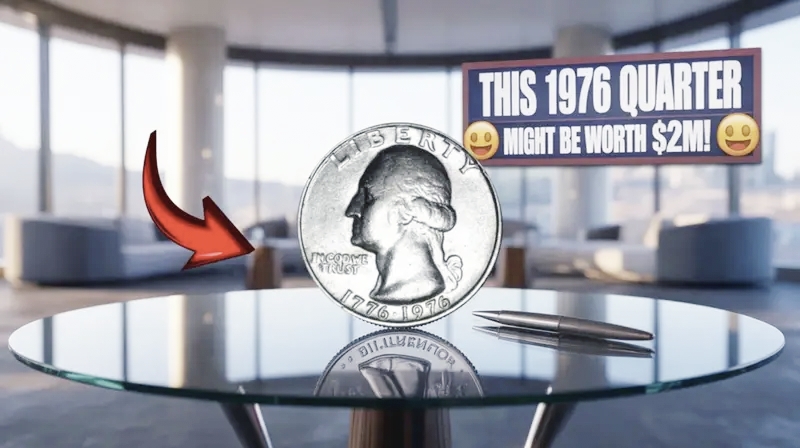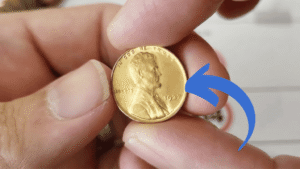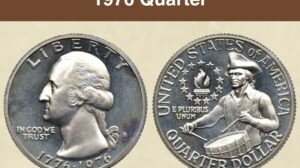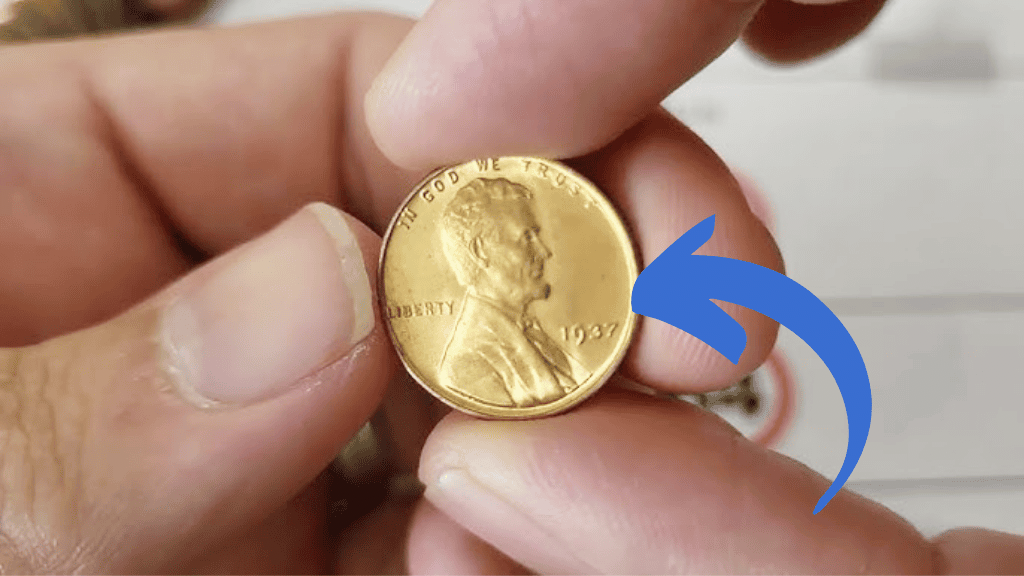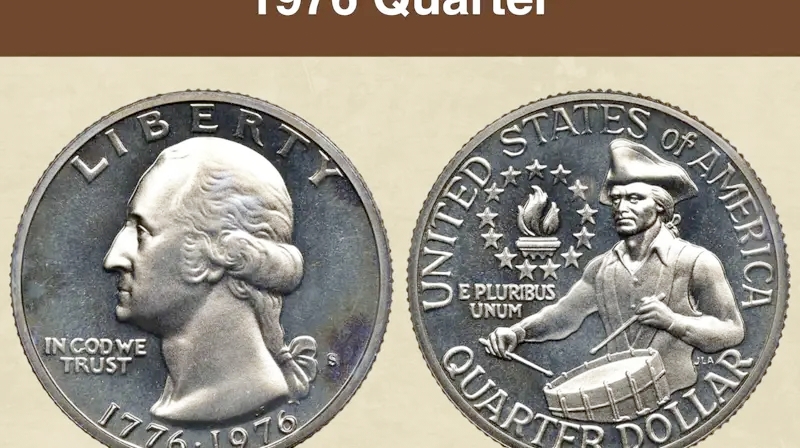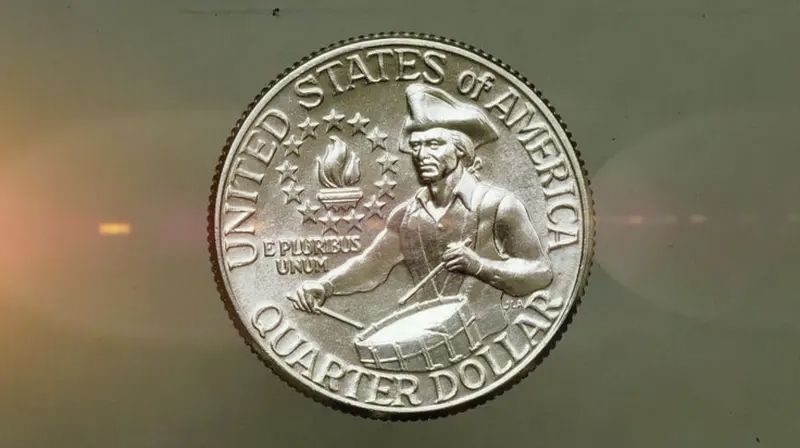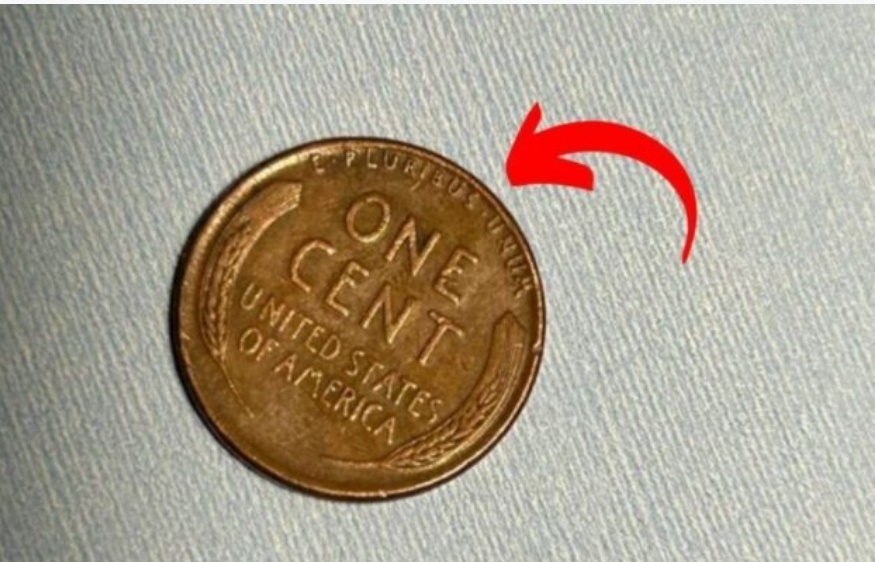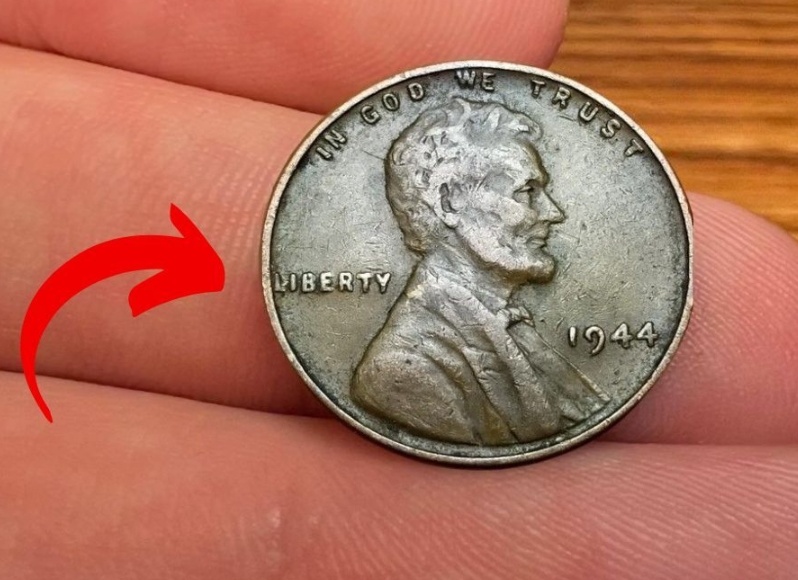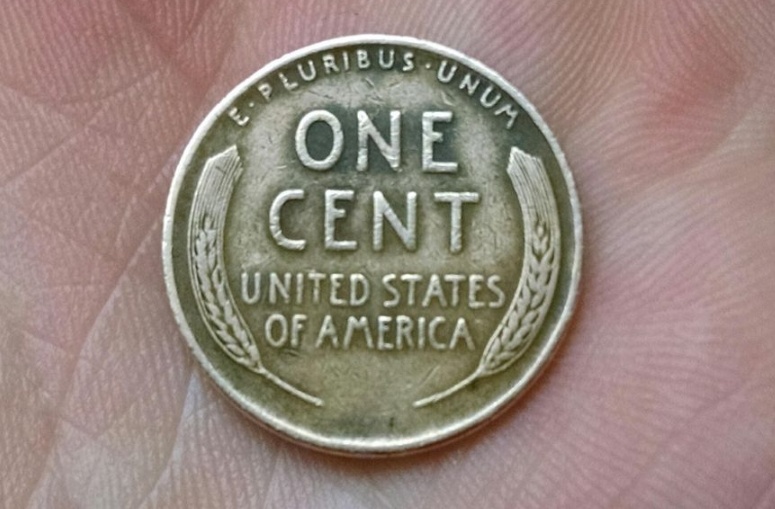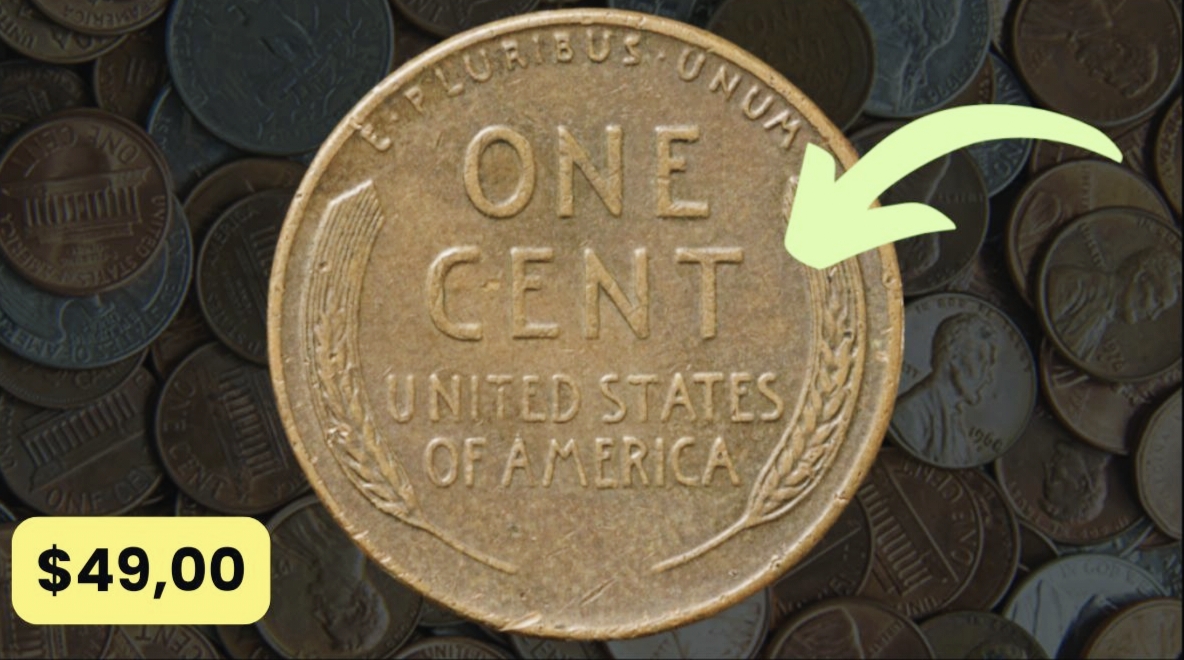Have you ever rummaged through your pocket change and wondered if you’re holding a hidden treasure? Maybe you’ve got a jar of coins collecting dust on a shelf, or you’ve inherited a handful of quarters from a relative. If you’ve got any 1976 Bicentennial quarters in there, you might want to take a closer look. Some of these coins, minted to celebrate America’s 200th birthday, could be worth up to $2 million. Yes, you read that right—a single quarter could change your life.
In this blog post, we’ll dive into the fascinating world of rare 1976 Bicentennial quarters, why some are so valuable, and how you can spot one in your change. We’ll share real-life stories, expert insights, and practical tips to help you identify these coins, all while keeping things engaging and easy to understand. Whether you’re a coin collector or just curious about the change in your wallet, this guide is for you.
What Are 1976 Bicentennial Quarters?
The 1976 Bicentennial quarter is a special coin minted by the U.S. Mint to commemorate the 200th anniversary of American independence. Unlike regular quarters, these coins feature a unique design: a colonial drummer on the reverse and a dual date (1776–1976) on the obverse. They were produced in large quantities, with over 1.6 billion minted, making most of them common and worth only their face value of 25 cents.
But here’s the kicker: a small number of these quarters have rare characteristics that make them incredibly valuable. From minting errors to special compositions, these coins are the holy grail for collectors. Let’s explore why some of these quarters are worth millions.
Why Are Some 1976 Bicentennial Quarters So Valuable?
Minting Errors: The Million-Dollar Mistakes
Coin collecting, or numismatics, thrives on imperfections. Minting errors—mistakes made during the coin production process—can turn an ordinary quarter into a collector’s dream. For 1976 Bicentennial quarters, several types of errors drive their value sky-high.
One famous example is the double-die error, where the design is stamped twice, slightly misaligned, creating a doubled appearance in the lettering or imagery. According to the Professional Coin Grading Service (PCGS), a 1976 Bicentennial quarter with a double-die error sold for $1.98 million at auction in 2021. These errors are rare because the U.S. Mint has strict quality controls, but a few slipped through, and collectors are willing to pay a fortune for them.
Another error to look for is the off-center strike, where the design is misaligned on the coin. If the drummer or date is significantly off-center, the coin’s value can soar into the thousands. Then there’s the missing clad layer error, where the outer copper-nickel layer is absent, exposing the copper core. These coins can fetch $10,000 or more, depending on condition.
Silver Composition: A Rare Find
Most 1976 Bicentennial quarters were made with a copper-nickel clad composition, but a small batch was struck in 40% silver for special collector sets. These silver quarters were primarily sold to collectors and never circulated widely. If you find one in pristine condition, especially with a rare mint mark or error, its value could range from $50 to hundreds of thousands.
For example, a 1976-S silver Bicentennial quarter (minted in San Francisco) in perfect “Proof” condition was recently valued at $150,000 by Heritage Auctions. The “S” mint mark indicates it’s a silver version, so always check for that tiny letter on the coin’s obverse.
Condition Matters: The Grading Factor
The condition of a coin, graded on a scale from 1 to 70 by services like PCGS or NGC (Numismatic Guaranty Corporation), significantly impacts its value. A 1976 Bicentennial quarter in “Mint State” (MS-70, flawless condition) is exponentially more valuable than one with scratches or wear. For instance, a top-graded silver quarter with a double-die error could hit the $2 million mark, as seen in recent auction records.
Real-Life Stories of Million-Dollar Finds
Imagine finding a life-changing coin in your pocket change. It’s not just a fantasy—it’s happened before. Take the story of John Reynolds, a retiree from Ohio, who found a 1976 Bicentennial quarter in his cash register while working part-time at a convenience store in 2019. Initially, he thought it was just another quarter, but something about the blurry lettering caught his eye. After consulting a local coin dealer, he learned it was a double-die error coin, which sold for $850,000 at auction.
Then there’s Sarah Thompson, a single mom from Texas, who inherited a small coin collection from her grandfather in 2022. Among the pile was a 1976-S silver quarter in pristine condition. After professional grading, it was valued at $120,000. Stories like these remind us that rare coins could be hiding in plain sight.
How to Spot a Rare 1976 Bicentennial Quarter
Ready to check your change? Here’s a step-by-step guide to identifying a potentially valuable 1976 Bicentennial quarter:
Step 1: Look for the Date and Mint Mark
- Check the obverse (front) for the “1776–1976” date.
- Look for a mint mark below the portrait of George Washington. A “D” means it was minted in Denver, “P” (or no mark) indicates Philadelphia, and “S” signifies San Francisco (likely silver).
Step 2: Inspect for Errors
- Double-Die Error: Use a magnifying glass to check for doubling in the lettering or drummer design. Look closely at “LIBERTY” or “QUARTER DOLLAR” for any overlapping text.
- Off-Center Strike: Is the design misaligned? If the drummer or date is significantly off-center, you might have a winner.
- Missing Clad Layer: Does the coin look unusually coppery? This could indicate a missing outer layer.
Step 3: Assess Condition
- Is the coin shiny and free of scratches? Coins in “Uncirculated” or “Proof” condition are worth more.
- Avoid cleaning the coin, as this can damage its surface and reduce its value.
Step 4: Get It Professionally Graded
If you suspect you have a rare quarter, take it to a reputable coin dealer or submit it to PCGS or NGC for grading. They’ll provide an official assessment of its condition and authenticity, which is crucial for determining its market value.
Expert Insights on Coin Collecting
According to numismatist Dr. Emily Carter, author of Rare Coins of the 20th Century, “The 1976 Bicentennial quarter is a perfect example of how everyday objects can become extraordinary. The combination of historical significance, minting errors, and rarity makes these coins a collector’s dream.” She advises hobbyists to invest in a good magnifying glass and learn the basics of coin grading to avoid missing valuable finds.
The U.S. Mint’s official records confirm that only a small percentage of 1976 quarters were struck in silver, and even fewer have errors. “The odds of finding a million-dollar quarter are slim, but it’s not impossible,” says Michael Lee, a coin appraiser with over 30 years of experience. “Check your change, especially coins from old collections or family heirlooms.”
Table: Key Features of Valuable 1976 Bicentennial Quarters
| Feature | Description | Potential Value |
|---|---|---|
| Double-Die Error | Doubling in lettering or design due to minting error | $500,000–$2 million |
| Silver Composition | 40% silver, typically with “S” mint mark | $50–$150,000 |
| Off-Center Strike | Misaligned design, with parts of the coin blank | $1,000–$50,000 |
| Missing Clad Layer | Missing copper-nickel layer, exposing copper core | $5,000–$20,000 |
| High Grade (MS-70) | Flawless condition, professionally graded | Up to $2 million (with errors) |
FAQs About 1976 Bicentennial Quarters
What makes a 1976 Bicentennial quarter valuable?
A 1976 Bicentennial quarter can be valuable due to minting errors (like double-die or off-center strikes), silver composition (with an “S” mint mark), or pristine condition (graded MS-70).
How can I tell if my quarter is silver?
Check for an “S” mint mark and look at the edge. Silver quarters have a solid, silver-colored edge, while clad quarters show a copper core.
Where can I sell a rare 1976 quarter?
Reputable auction houses like Heritage Auctions or coin dealers certified by PCGS or NGC are your best bet. Avoid online marketplaces without professional grading.
Can I clean my coin to make it more valuable?
No! Cleaning can damage the coin’s surface and lower its value. Leave it as is and consult a professional.
How rare are error coins?
Error coins are extremely rare, with only a tiny fraction of the 1.6 billion 1976 quarters having significant errors.
Tips to Avoid Missing a Valuable Quarter
- Check Your Change Regularly: Make it a habit to inspect quarters from 1976. You never know when one might turn up.
- Learn the Basics of Numismatics: Familiarize yourself with terms like “double-die” and “mint mark” to spot rarities.
- Use a Magnifying Glass: Small details like doubling or mint marks are easier to see with magnification.
- Consult Experts: If you’re unsure, reach out to a local coin dealer or numismatic society for guidance.
- Store Coins Safely: Keep potential rarities in protective holders to preserve their condition.
Why This Matters for You
The 1976 Bicentennial quarter isn’t just a piece of history—it’s a reminder that value can hide in the most unexpected places. Whether you’re a seasoned collector or someone who’s never thought twice about pocket change, the possibility of finding a $2 million coin is thrilling. It’s like a treasure hunt you can start right now, with no map required.
Next time you’re at a garage sale, digging through a coin jar, or receiving change at the grocery store, take a moment to check for that 1776–1976 date. You might just find a quarter that’s worth more than its weight in gold.
Conclusion
The 1976 Bicentennial quarter is a fascinating piece of American history with the potential to be a life-changing discovery. From double-die errors to silver compositions, these rare coins can fetch up to $2 million at auction. By learning how to spot them, checking your change, and consulting experts, you could uncover a hidden gem. So, grab that magnifying glass, start searching, and who knows? Your next quarter could be the one that makes you a millionaire.

